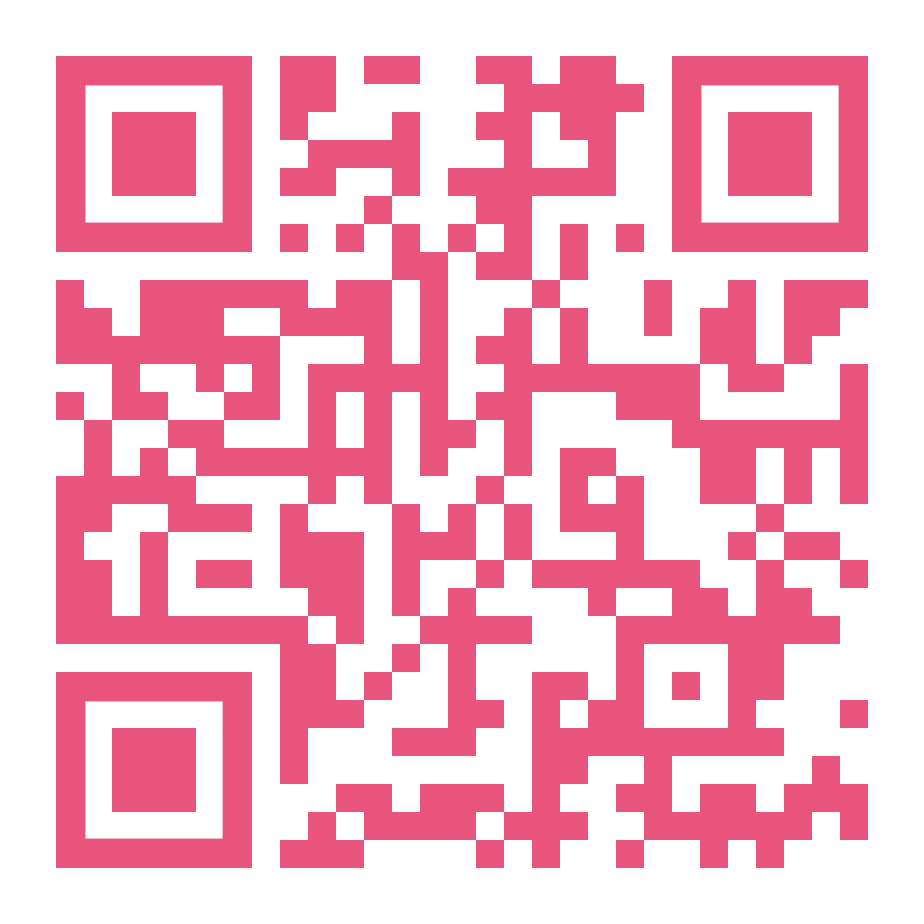I am a Creative Loop: Towards Integrative Studios in Design and Creative Technologies
Abstract
“I am a strange loop” is a thought-provoking statement by polymath Douglas Hofstadter who uses it as the title of his 2007 book to integrate ideas from Philosophy, Neuroscience, Computer Science, and his personal life to analyse concepts of the “I” (self) and consciousness. Standing on the shoulders of this “giant idea” (paraphrasing Newton), I attempt here to examine my work across design and research including my identity as a researcher-designer using the phrase “I am a strange creative loop”. My aim is to trigger reflection and propose a new type of studio pedagogies that bring together theory and practice. This is in response to tensions and opportunities I observe between design and research activities and between theory and practice in design education and design research.To clarify, the “I” in the phrase “I am a strange creative loop” only partially refers to the author -following Hofstadter, my primary intention is to reflect upon everyone who inhabits the worlds of design and research. Therefore, the sentence could have been “All design researchers are strange creative loops”. Thinkers across epistemologies and geo-historical eras have been preoccupied with questions of “Who am I? Who are we?”. I found a similar puzzlement as an undergraduate three decades ago among designers wondering “What is design? Who is a designer?” -a question that continues to spark debates today. I use and extend here the concept of “sentipensante” as used by Orlando Falls Borda to reflect upon my personal experience feel-thinking and creating in design and the rather confusing (strange) “creative loop” that connects the research and design identities in myself and in our graduate students. To make these ideas more concrete, I share two specific recent experiences: one is a lesson learned from my teaching of Creative Technologies at AUT and one from my research work at an after-school maker space in a South Auckland school in Tāmaki Makaurau since 2016. These vignettes illustrate some of the deep chasms that divide design and research activities in modern academia, particularly the divorce between so-called theory and so-called practice. Design schools today have a paradoxical, largely arbitrary, and perverse division between these ways of knowing. I suggest that in design education, what we call theory is not really theory, and in design research what we call practice is not really practice. We have been doing both wrong, largely because of the chasm we have carved between them. I trouble here the ways in which curricula is planned in design education, the pedagogies and the timetabling practices we use, and the discourses among our students and lecturers.I close by adopting a constructive posture to generate concrete ideas for the future of design scholarship. To this end, I elaborate on the notion of “design praxis” to reformulate what studio can be in design: an integrative space where pluriversal ways of knowing can come together in “creative loops” to generate, apply, and evaluate design knowledges. Such studio spaces can be useful in pluriversal design schools that leave behind binary divides between research and teaching, practice and theory, teachers and students.

Copyright (c) 2021 Ricardo Sosa

This work is licensed under a Creative Commons Attribution 4.0 International License.
